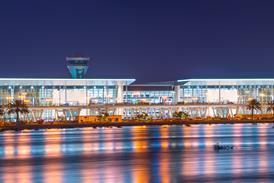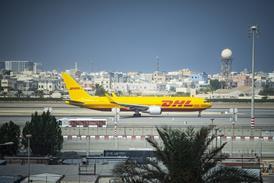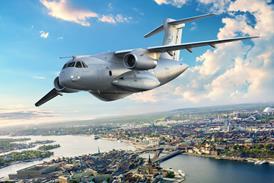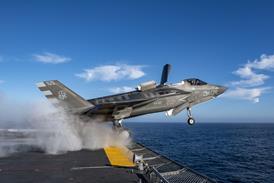Airbus expects to be able to launch a retrofit programme for sharklet wing-tips on the A320 by around March-April, having determined the technical requirements for the modification.
The airframer has transferred to a new wing standard for the A320, which includes reinforcement to accommodate optional sharklets.
But Airbus has been evaluating demand for a possible sharklet retrofit for the previous wing standard, although this would require more extensive reworking of the type's wing-tip.
Executive vice-president for programmes Tom Williams says the company has authorisation to offer the retrofit but has been "trying to see if there's enough interest".
But he says that the airframer believes it will have "enough numbers" to launch the retrofit by around March or April, and that the first aircraft could be modified by the latter half of 2014.
The change would take around three weeks and customers would probably schedule the retrofit to coincide with a C-check to minimise downtime.
It involves removing a "couple of metres" of the outer section of the wing, says Williams, and installing a replacement kit.
This includes fitting a "bathtub" structure, he adds, which provides local mechanical reinforcements, and reinforced skin and stringers, a task which requires removing part of the leading edge, wing skin and aileron.
"We had a lot of interest from customers," he says, without disclosing identities of potential initial clients. Williams adds that the retrofit is attractive to A320 operators wanting to maximise residual value.
He says there is a "bit of a weight penalty" from the reinforced outer section. But analysis indicates that the retrofit would provide the same aerodynamic benefits and fuel-burn reduction - around 4% on long sectors - as achieved with new-build sharklet-equipped A320s.
Airbus has neutralised the weight increase on the reinforced wing for new-build A320s, by compensating elsewhere.
Fitting sharklets to this new wing is a much simpler modification, adds Williams, requiring only a brief swap of the normal wing-fence for the sharklet tip and the uploading of new software to the flight-management system. "That's probably the longest part of the process," he says.
Source: Air Transport Intelligence news























